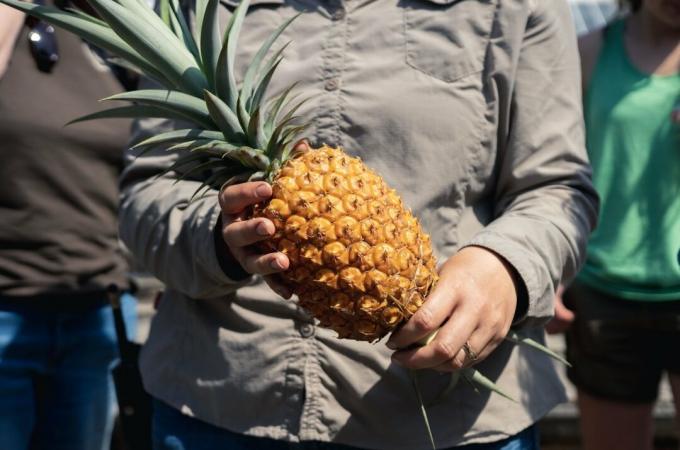In Brazil, since at least the 17th century, in the month of June, the so-called “PartiesJuninas”, which have this name because they are associated with that month. We know that, in addition to what characterizes such parties, such as specific costumes, food and drinks, bonfires, fireworks, artifice and other artifacts made with gunpowder (such as firecrackers), there is also the association with Catholic saints, notably: They areJoão,St. Anthony and Saint Peter. but what are the roots of June festivals?
Origin of June festivals
Researchers specializing in festivities and rituals usually point out the origins of June festivals in the rituals of ancient Germanic and Roman peoples. The peoples who inhabited the countryside, in western antiquity, paid homage to various gods who were assigned the functions of guaranteeing good crops, good harvests, fertility etc. Generally, such rites (which had the character of festivity) were performed during the transition from winter to summer, which, in south-central Europe, takes place in the month of June.
Read too:Five sympathies from June parties
These rituals implied the lighting of bonfires it's from balloons (similar to those made with tissue paper today), among other modes of celebration, such as dancing and chanting. In the transition from the Ancient to the Middle Ages, with the Christianization of the Romans and the Barbarian Peoples, these festivities came to be assimilated by the Catholic Church, which, as the main institution of the Medieval period, he also knew how to dilute the cult of the pagan gods of the June period and replace them with saints.
Popular religiosity absorbed in a very profound way this mixture of pagan festivals and Christian doctrine. In the southern regions of Europe, especially in the Iberian Peninsula, where Catholicism developed very strongly at the end of the Middle Ages, these traditions became fully entrenched.
June Party in Brazil
With the colonization of Brazil by the Portuguese from the 16th century onwards, the June festivities were established here, without major difficulties, and taking on a specific character.
At June festival celebrations in Brazil, in addition to maintaining the characteristics inherited from Europe, such as the celebration of the days of the saints, they also merged typical elements of the interior of the country and country traditions, forged by the mixture of African, indigenous and European. Thus, typical foods (such as pamonha), dances, the use of musical instruments (such as the country guitar) at parties, etc., all reflect millennia of different traditions that merged.
Read too:Origin of the feast of St. John
By Me. Cláudio Fernandes
Source: Brazil School - https://brasilescola.uol.com.br/datas-comemorativas/festa-junina.htm

